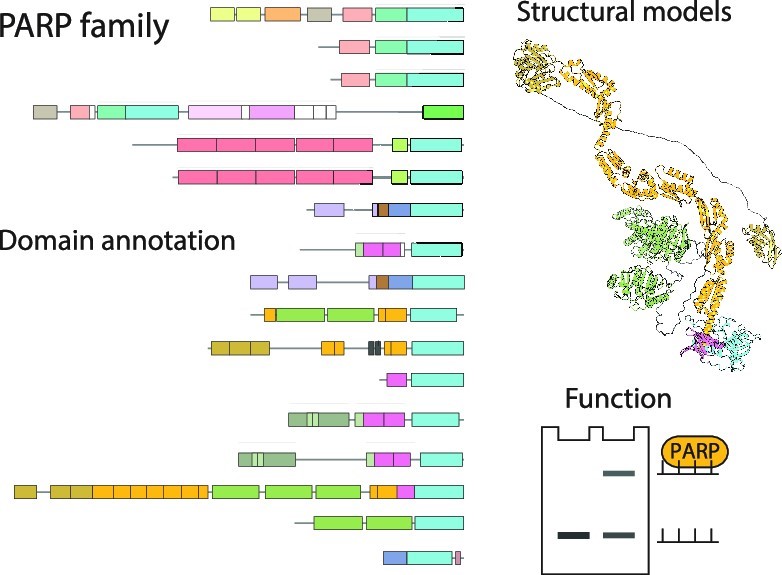A collaborative study co-led by the CBM researcher, Marcin J. Suskiewicz, combines structural prediction with the AI-powered tool AlphaFold2 with experiments to gain deeper understanding of an important group of proteins, the PARP family.
A lire aussi
2024 May, 7 - El Hadji Cisse Defensis
23 April 2024
par Isabelle Frapart
July 1st-3rd "Skin Models in Cosmetic Science: Bridging Established Methods and Novel Technologies" - 3rd meeting
23 April 2024
par Isabelle Frapart
2024, May 24 - Seminar of Frank Schreiber
16 April 2024
par Isabelle Frapart

